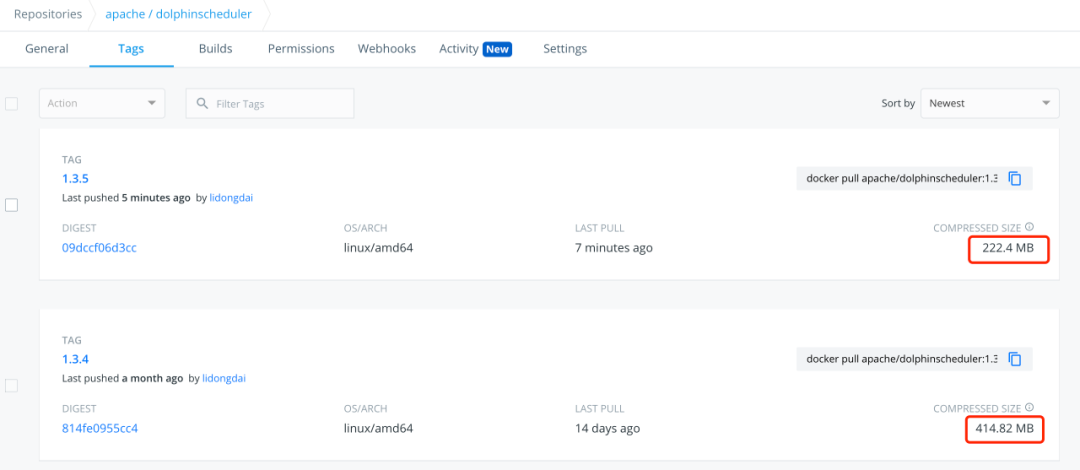I need to make data flow graphs for C codes. By data flow graphs I mean graphs in which nodes in the graph represent operations like addition and multiplication, and edges represent operand (data) flow between nodes. My goal is to analyze parallelism and execution time of data flow graphs of compute-intensive kernels. I have used a number of tools to generate data flow graphs from C programs such as Trimaran, Oink, GCC, etc. Among those tools, the Gimple internal representation of GCC provides me with some data flow analysis for each basic block in the SSA (Static Single Assignment) form. the SSA form simplifies my analysis. Here is how I use GCC:
-fdump-tree-cfg generates a control flow graph for each function in which nodes represent basic blocks and edges represent control dependence. The data dependence in each basic block is also shown. However, it does not give a data flow graph for each basic block. I need to visualize the data dependence in order to analyze the data flow in each basic block.
As an example, if you apply -fdump-tree-cfg to the following code
for (i1=0; i1<=N1-N2; i1++)
for (i2=0; i2<N2; i2++) //N2=31
y[i1] = y[i1] + w[i2]*x[i1+i2];
you get this:
...
<bb 3>:
i2 = 0;
goto <bb 5>;
<bb 4>: //the inner-most loop, where real computation happens
i1.0 = i1;
i1.1 = i1;
D.1608 = y[i1.1];
i2.2 = i2;
D.1610 = w[i2.2];
D.1611 = i1 + i2;
D.1612 = x[D.1611];
D.1613 = D.1610 * D.1612;
D.1614 = D.1608 + D.1613;
y[i1.0] = D.1614;
i2 = i2 + 1;
<bb 5>:
if (i2 <= 31)
goto <bb 4>;
else
goto <bb 6>;
...
-fdump-tree-vcg generates a control flow graph in VCG format, but does not carry any data dependence information.
However, GCC has some limitations. For example, GCC does not generate a visualized data flow graph for each basic block. I was wondering if there is any tools to generate data flow graphs for C programs? Or there might be a GCC plugin to generate data flow graphs from Gimple representation.
PS: The tools should be platform-independent and not limited to a particular architecture. For example, Gimple representation in GCC is architecture-independent.

